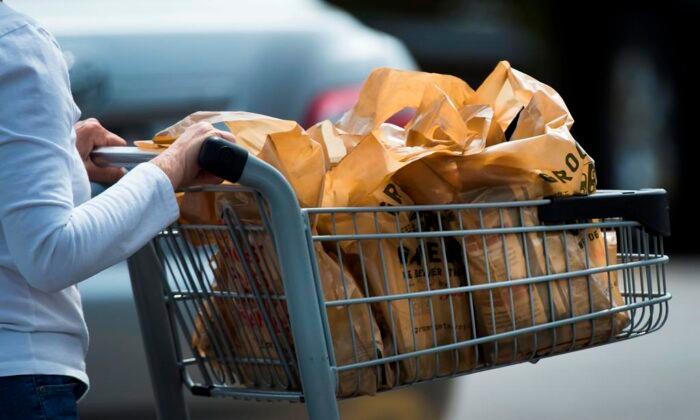Over 11 million low and middle-income Canadians will begin receiving a one-time grocery rebate beginning July 4, with Deputy Prime Minister Chrystia Freeland saying the measure will allow “ some important breathing space” for families struggling with the cost-of-living crisis.
“This grocery rebate will make a real difference to Canadians who really need help right now. But I would never claim that the grocery rebate alone will alleviate the entire impact of inflation, especially on the most vulnerable people,” Ms. Freeland told reporters during a press conference on July 4.
The grocery allowance is a repeat of the temporary boost to the 2022 GST rebate the Liberal government introduced in response to rising inflation. Those eligible for the rebate do not need to apply and payment will automatically come through direct deposit or mailed cheques. According to a press release from Ms. Freeland’s office, the rebate will provide “targeted inflation relief.”
Single Canadians without children will not be eligible if they earn more than $49,166 a year, while families with four children can receive payments if they make less than $64,946. The payments are based on net income for the 2021 tax year.
Despite the payouts being dubbed a “grocery rebate” there are no mechanisms in place to ensure that the money is spent on groceries. The government has not indicated whether the rebate will be a recurring annual payment or a one-time allowance.
During the press conference, Ms. Freeland noted that Canada’s inflation rate hit 3.4 percent in May, down from 4.4 percent in April and a high of 8.1 percent in 2022.
Ms. Freeland said when deciding on inflation relief the federal government wanted to strike a balance between being “compassionate” towards Canadians struggling with the cost of living, and not “pouring fuel on the flames of inflation.”
“In order to get through this challenging time, it’s really important for the government to take a balanced approach and to provide compassionate, targeted support to people who need it the most, but also to recognize that we need to be fiscally responsible because that is the surest, fastest path to get through inflation,” she said.





